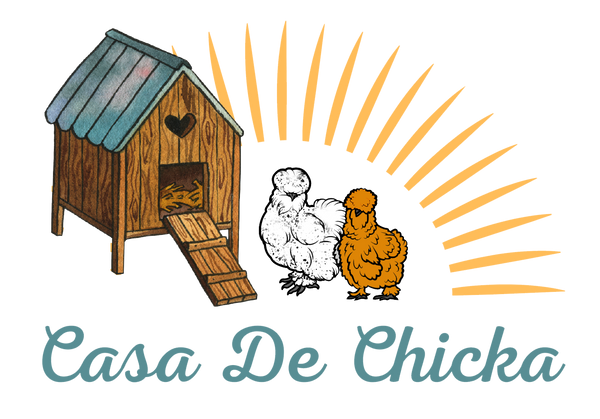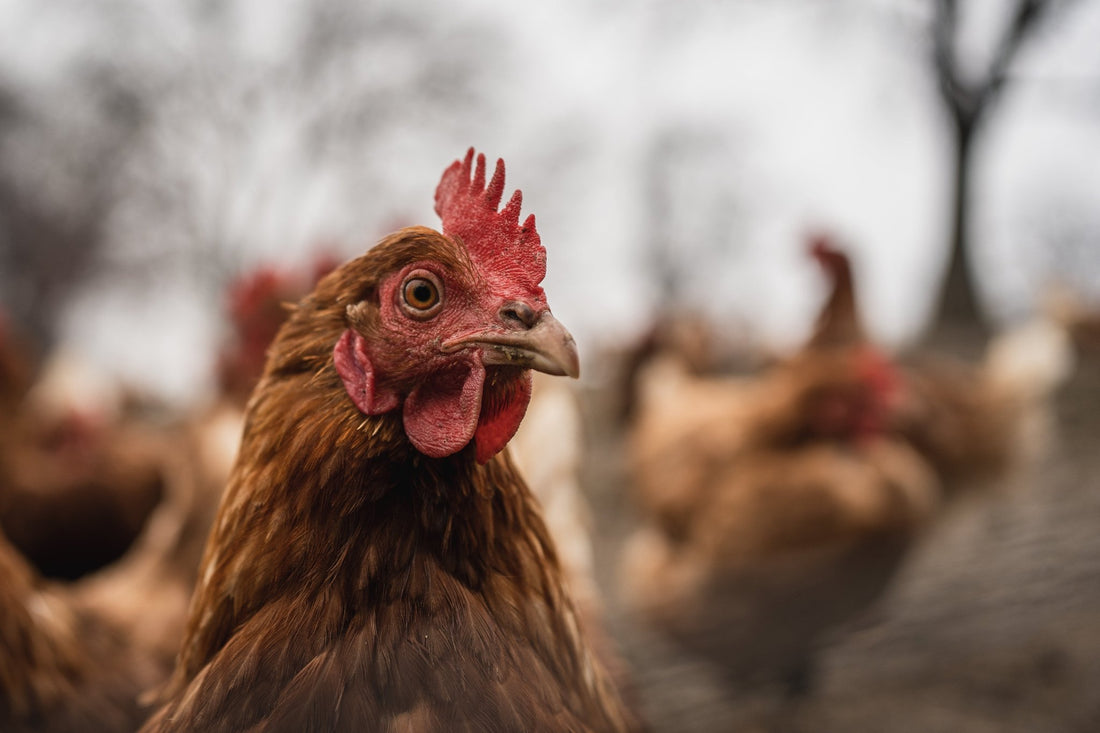Welcome back, chicken connoisseurs! As we delve deeper into the enchanting world of heritage and rare chicken breeds, prepare to uncover more about these avian wonders. From their storied pasts to their striking appearances and the vital conservation efforts keeping them clucking, there's much to explore in this feathery saga!
A Closer Look at Heritage Chicken Breeds
Heritage breeds aren't just birds; they're living history books with feathers. Each breed brings a story, often intertwined with human history, agriculture, and culture.
- More Notable Heritage Breeds
The Rhode Island Red: This American classic is as hardy as they come, known for its deep red feathers and prolific egg-laying abilities. Think of it as the Bruce Willis of the coop - tough, reliable, and a true American icon.
History and Origins
The Rhode Island Red's story is as rich as its feather color. Originating in the late 19th century in the United States, specifically in Rhode Island and Massachusetts, this breed was developed by cross-breeding birds of Oriental origin like the Malay with the Brown Leghorn. This mix gave the Rhode Island Red its hardy nature and efficient egg-laying capabilities.
Characteristics and Traits
- Appearance: Distinguished by their deep red or rust-colored feathers, they have a broad body and a rectangular shape. Their eyes are a reddish-orange hue, beaks are yellow, and they have red/orange wattles and combs.
- Temperament: These birds are known for their hardiness in all climates. They are relatively friendly, making them a favorite for backyard flocks.
- Egg Laying: Excellent layers, Rhode Island Reds can produce about 200-300 brown eggs per year.
Care Tips
- Feeding: They thrive on a standard layer feed, but appreciate free-range foraging.
- Housing: While hardy, they still need shelter from extreme weather. A standard coop with space to roam is ideal.
- Health Monitoring: Regular check-ups for parasites and common poultry ailments are recommended.
The Leghorn: Originating from Italy, Leghorns are the sprinters of the chicken world. They're lightweight, lay a fantastic number of eggs, and are full of energy. Picture the Usain Bolt of chickens.
History and Origins
The Leghorn (pronounced 'Leggern') breed hails from Italy, specifically from the port city of Livorno, from which its name is derived. They were initially brought to America in the 1800s and quickly gained popularity due to their exceptional egg-laying abilities.
Characteristics and Traits
- Appearance: Leghorns are slender, athletic-looking birds. They come in various colors, though white and light brown are most common. They have large combs (especially in males) which require care in cold weather to prevent frostbite.
- Temperament: Known for their energy and intelligence, Leghorns can be a bit flighty. They're not the cuddliest breed but are fascinating to watch and can adapt well to free-range living.
- Egg Laying: They are prolific layers, known for laying large, white eggs. A single Leghorn hen can lay up to 280-320 eggs per year.
Care Tips
- Feeding: High-protein feed is ideal, especially for supporting their frequent egg-laying.
- Housing: They prefer space to move around, so a spacious coop with an outdoor run is ideal.
- Health Monitoring: Regular health checks are important, and care should be taken to protect their large combs in cold weather.
- Unique Traits and Care Tips
Each heritage breed comes with its unique quirks. For instance, Sussex chickens are not just good layers; they're also excellent foragers, making them ideal for free-range setups. Orpingtons, with their fluffy feathers, require regular grooming to prevent parasites and matting.
Diving into the World of Rare Breeds
Rare chicken breeds are like the hidden gems of the poultry universe. Each breed is a marvel, with distinct characteristics and often, fascinating origin stories.
- Discovering More Rare Breeds
- The Polish Chicken: With its distinctive crest of feathers atop its head, the Polish chicken is like the fashionista of the coop. These birds are more than just stylish; they're friendly and make excellent pets.
- The Breda Fowl: Hailing from the Netherlands, the Breda Fowl is unique with its large body, featherless legs, and vulture hocks. It's like the strongman of the chicken world, with a calm and gentle demeanor.
- Understanding Their Needs
Caring for rare breeds often requires a bit more attention. The Ayam Cemani, for instance, is prone to overheating due to its dark pigmentation, necessitating shade and ample water in warmer climates. Silkies, with their fluffy feathers, are susceptible to getting wet and cold, so they need a dry and warm coop.
The Importance of Conservation
Conserving these breeds is more than a hobby; it's a commitment to preserving genetic diversity and our agricultural heritage.
- Global Efforts in Chicken Breed Conservation
Organizations worldwide, like the Poultry Club of Great Britain and American Poultry Association, work tirelessly to maintain breed standards, encourage responsible breeding, and support poultry shows that raise awareness about these breeds.
- The Role of Small-Scale Farmers and Hobbyists
Small-scale farmers and backyard poultry enthusiasts are often the unsung heroes in conserving these breeds. By choosing to raise heritage and rare chickens, they contribute to maintaining genetic diversity and keeping these breeds from vanishing.
As we wrap up our extended tour of the heritage and rare chicken breeds, it's clear that these birds are more than just egg layers or garden ornaments. They're symbols of our history, biodiversity, and the resilience of nature. Whether you're a seasoned poultry farmer or a curious newbie, there's always room to learn, appreciate, and perhaps even contribute to the preservation of these extraordinary breeds.
Keep exploring, learning, and enjoying the rich and diverse world of poultry. Who knows, maybe your next feathered friend could be a living piece of history or a rare jewel waiting to be discovered. Happy chicken-keeping, and may your coops always be clucking with heritage and rarity! Stay tuned for more poultry tales and tips!

